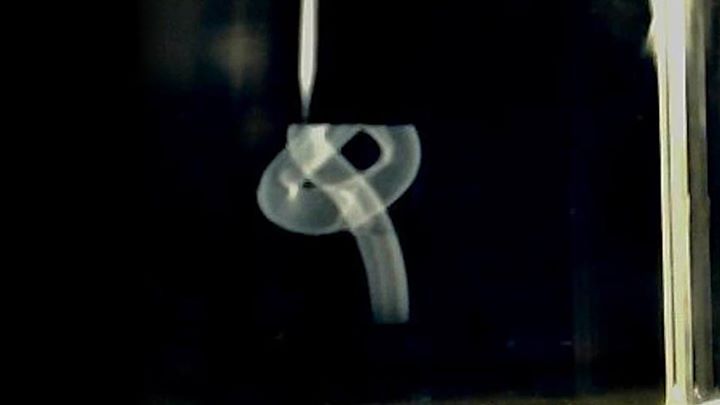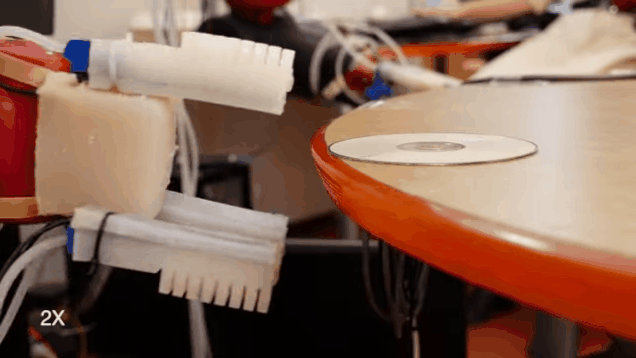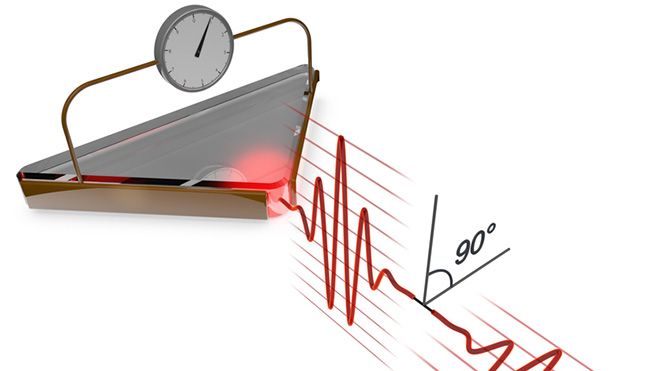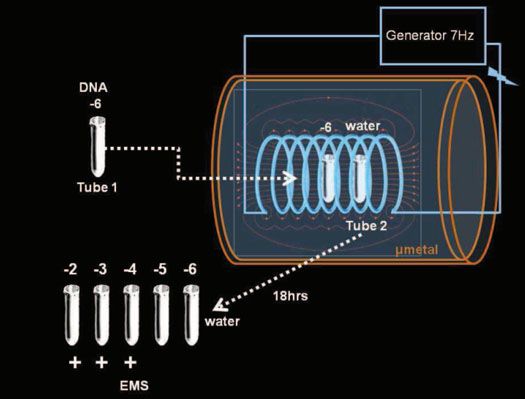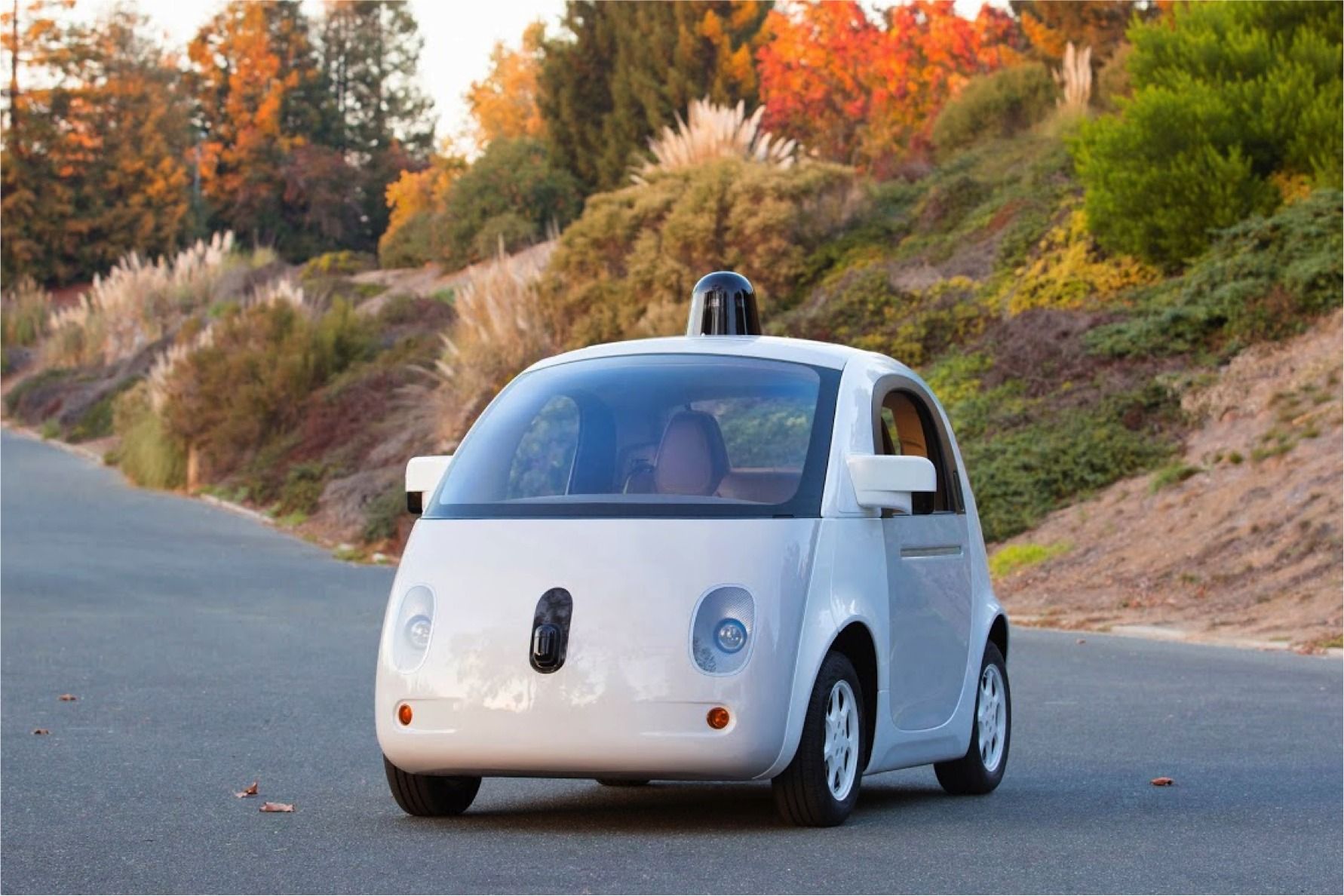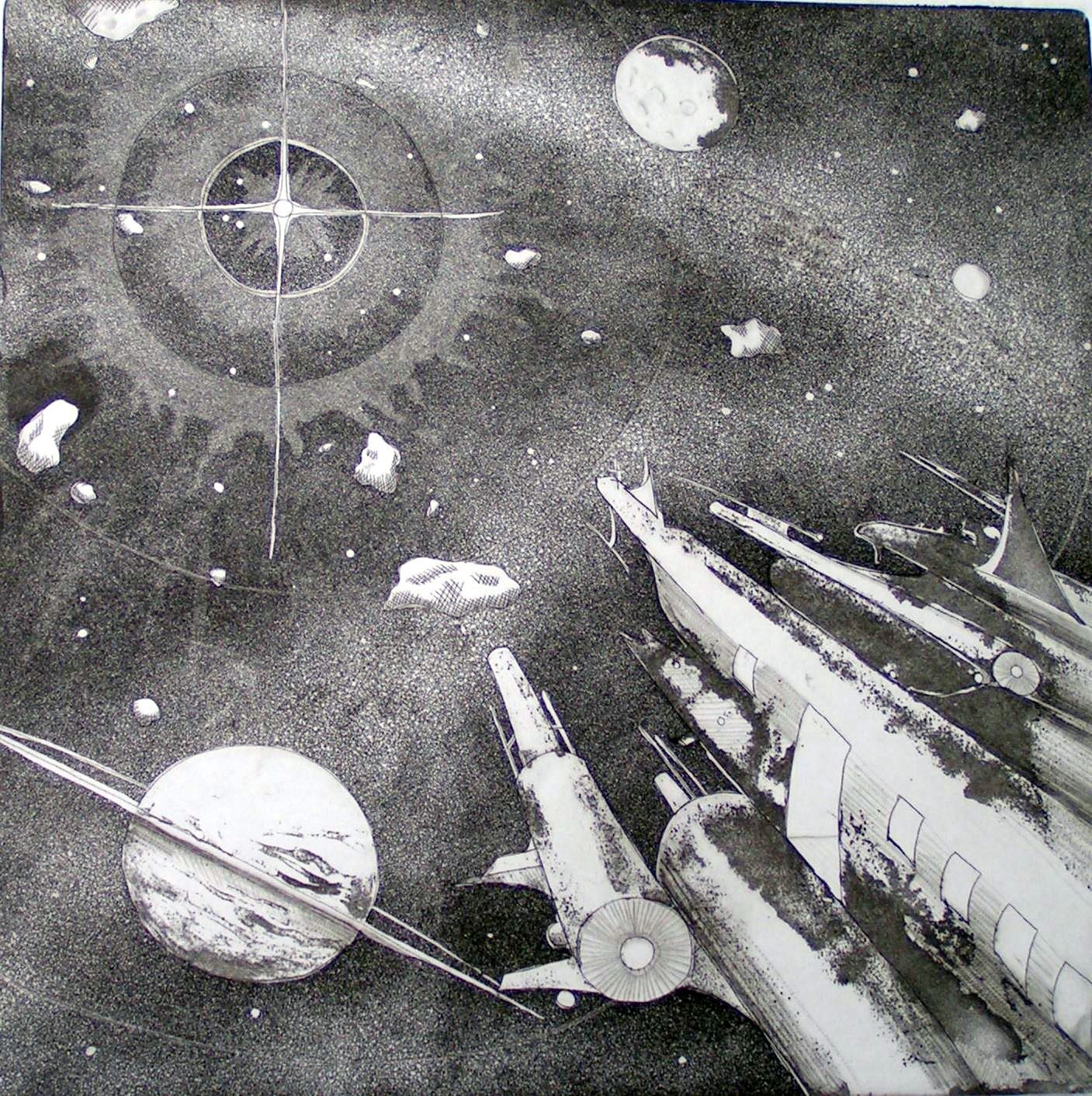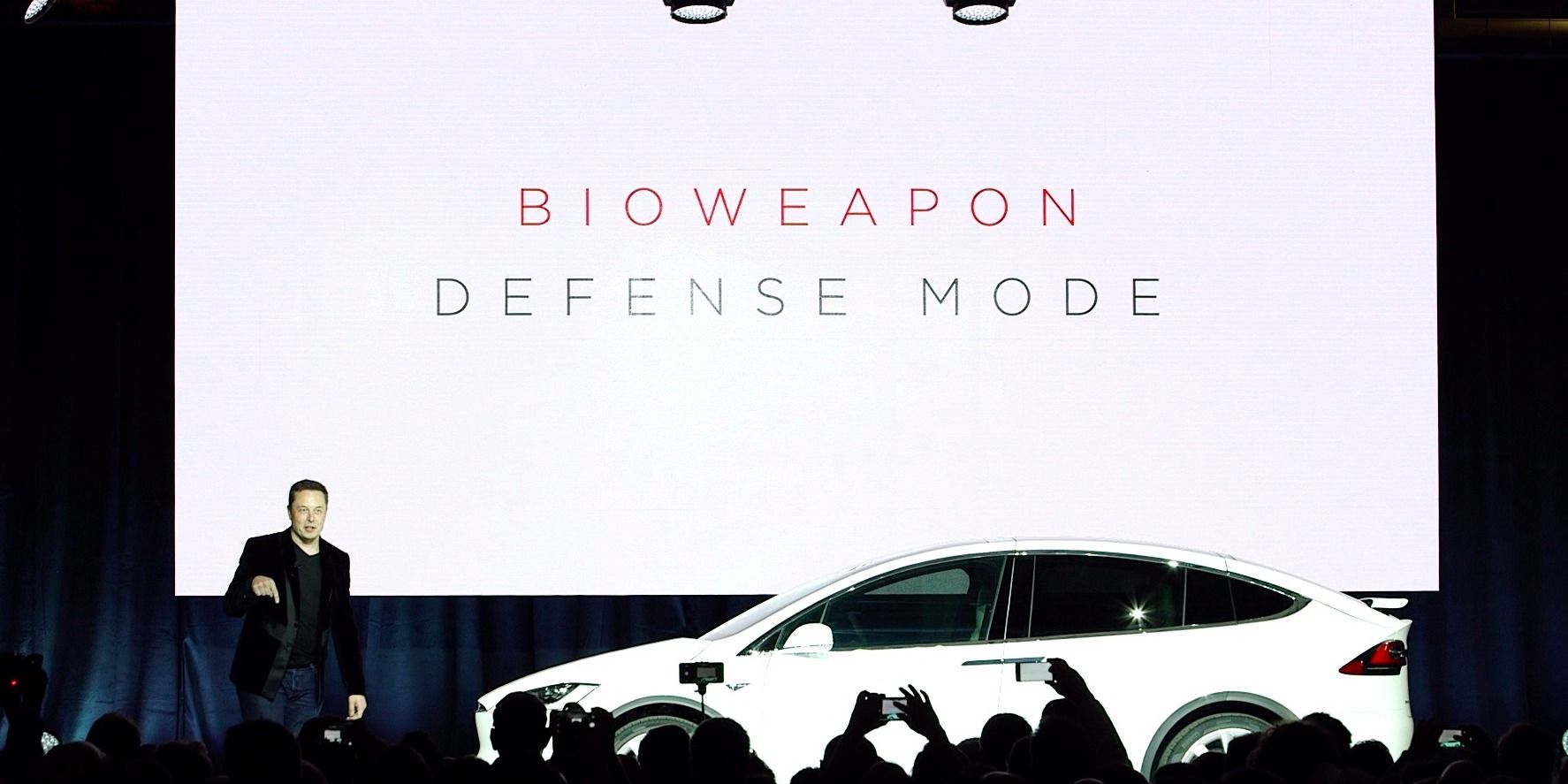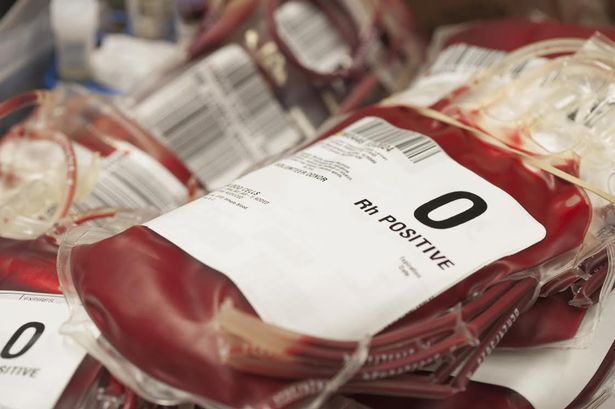Page 12025
Sep 30, 2015
To Make Robot Hands More Like Ours, MIT Built These Softer, Smarter Fingers
Posted by Shailesh Prasad in categories: computing, electronics, robotics/AI
It’s easy to forget how amazing the dexterity and anatomy of our own hands are–until you learn how difficult they are to replicate for machines. MIT has made big strides in robotic hands this year, and now it’s published a new one.
This week at the International Conference on Intelligent Robots and Systems, Bianca Homberg, Daniela Rus (the director of MIT’s Computer Science and Artificial Intelligence Laboratory) and their colleagues are showing off the latest advance in robotic digits: Modular fingers made of silicone and embedded with sensors, dexterous enough to pick up everything from soft toys to single pieces of paper without needing to be programmed to understand what it’s gripping.
Sep 30, 2015
Pushing computers towards petahertz, with femtosecond lasers and weird dielectrics
Posted by Shailesh Prasad in categories: computing, electronics, materials, quantum physics
New findings published by quantum scientists in Germany could pave the way towards computer chips that use light instead of electricity to control their internal logic. Where today’s silicon-based electrical computer chips are capable of speeds in the gigahertz range, the German light-based chips would be some 1,000,000 times faster, operating in the petahertz range.
Rather than focusing on an exciting new semiconductor, or some metamaterial that manipulates light in weird and wonderful ways, this research instead revolves around dielectrics. In the field of electronics, materials generally fall into one of three categories: charge carriers (conductors), semiconductors, and dielectrics (insulators). As the name suggests, a semiconductor only conduct electricity some of the time (when it receives a large enough jolt of energy to get its electrons moving). In a dielectric, the electrons are basically immobile, meaning electricity can’t flow across them. Apply too much energy, and you destroy the dielectric. As a general rule, there’s no switching: A dielectric either insulates, or it breaks.
Basically, the Max Planck Institute and Ludwig Maximilian University in Germany have found that dielectrics, using very short bursts of laser light, can be turned into incredibly fast switches. The researchers took a small triangle of silica glass (a strong insulator), and then coated two sides with gold, leaving a small (50nm) gap in between (see below). By shining a femtosecond infrared laser at the gap, the glass started conducting and electricity flowed across the gap. When the laser is turned off, the glass becomes an insulator again.
Sep 30, 2015
Can Our DNA Electromagnetically ‘Teleport’ Itself? One Researcher Thinks So
Posted by Shailesh Prasad in categories: biotech/medical, chemistry
A Nobel prize winning scientist who shared the 2008 prize for medicine for his role in establishing the link between HIV and AIDS has stirred up a good deal of both interest and skepticism with his latest experimental results, which more or less show that DNA can teleport itself to distant cells via electromagnetic signals. If his results prove correct, they would shake up the foundations upon which modern chemistry rests. But plenty of Montagnier’s peers are far from convinced.
The full details of Montagnier’s experiments are not yet known, as his paper has not yet been accepted for publication. But he and his research partners have made a summary of his findings available. Essentially, they took two test tubes – one containing a fragment of DNA about 100 bases long, another containing pure water – and isolated them in a chamber that muted the earth’s natural electromagnetic field to keep it from muddying the results. The test tubes were housed within a copper coil emanating a weak electromagnetic field.
Several hours later, the contents of both test tubes were put through polymerase chain reactions to identify any remnants of DNA – a process that subjected the contents to enzymes that would make copies of any DNA fragments they found. According to Montagnier, the DNA was recovered from both tubes even though the second should have only contained water.
Sep 30, 2015
Self-driving cars could reduce accidents
Posted by Shailesh Prasad in categories: health, robotics/AI, transportation
We all know that self-driving cars are cute and tend to be safer — at least according to Google’s self-released reports to date — but this new report has the self-driving revolution holding massive potential as one of the greatest things to happen to public health in the 21st century.
As The Atlantic reports, automated cars could save up to 300,000 lives per decade in the United States. Their reporting is based on this research paper by consulting firm McKinsey & Co., which is filled with fascinating ways that self-driving cars will help us accident-prone humans by midcentury.
From the McKinsey report (bold added by us to highlight the mind-blowing data):
Sep 30, 2015
Why ‘Alien Hunters’ See ‘Warp Drive’ As A SETI Nonstarter
Posted by Bruce Dorminey in categories: alien life, physics, space travel
Why #SETI and Warp Drive don’t necessarily mix; although, I tend to think if #ET is out there it would have long figured out a way to manipulate spacetime for interstellar #FTL travel. It’s time mainstream #physics embraced the idea that Einstein’s axioms involving #lightspeed can be overcome. We’ve nothing to lose but lots to gain. Special thanks to Erika McGinnis for allowing me to publish her artwork.
For all the hype over the idea that someday, somehow we humans will voyage to the stars — not at a measly fraction of the speed of light — but several “warp” factors beyond light speed, it’s a prospect few physicists take seriously. Even mention of “warp drive” is borderline taboo in certain academic circles.
And the idea that Einstein’s Theory of Relativity and with it the axiom that the ultimate speed of light can never be violated is a tenet that most researchers who spend their time plying the nearby cosmos for artificial radio or laser beacons have taken to heart. It supports most SETI scientists’ long-held notion that Earth has never been visited by sentient extraterrestrials.
Sep 30, 2015
Tesla’s new car includes a ‘bioweapon defense mode’ — and that’s not a joke
Posted by Shailesh Prasad in categories: biotech/medical, transportation
Tesla’s Model X has a feature that can filter the air to the quality of a hospital operating room.
Sep 30, 2015
Here is Why People With Blood Type Zero are Special
Posted by Shailesh Prasad in categories: biotech/medical, genetics
If you have zero blood type then your genetic heredity offers you the opportunity to be strong, productive, have a long life and be optimistic.
This blood type is original type of our ancestors who were smart and aggressive predators. The persons with this blood type have important role in the society.
Sep 30, 2015
Engineers have developed a robotic hand that can recognize objects
Posted by Dan Kummer in categories: computing, electronics, robotics/AI
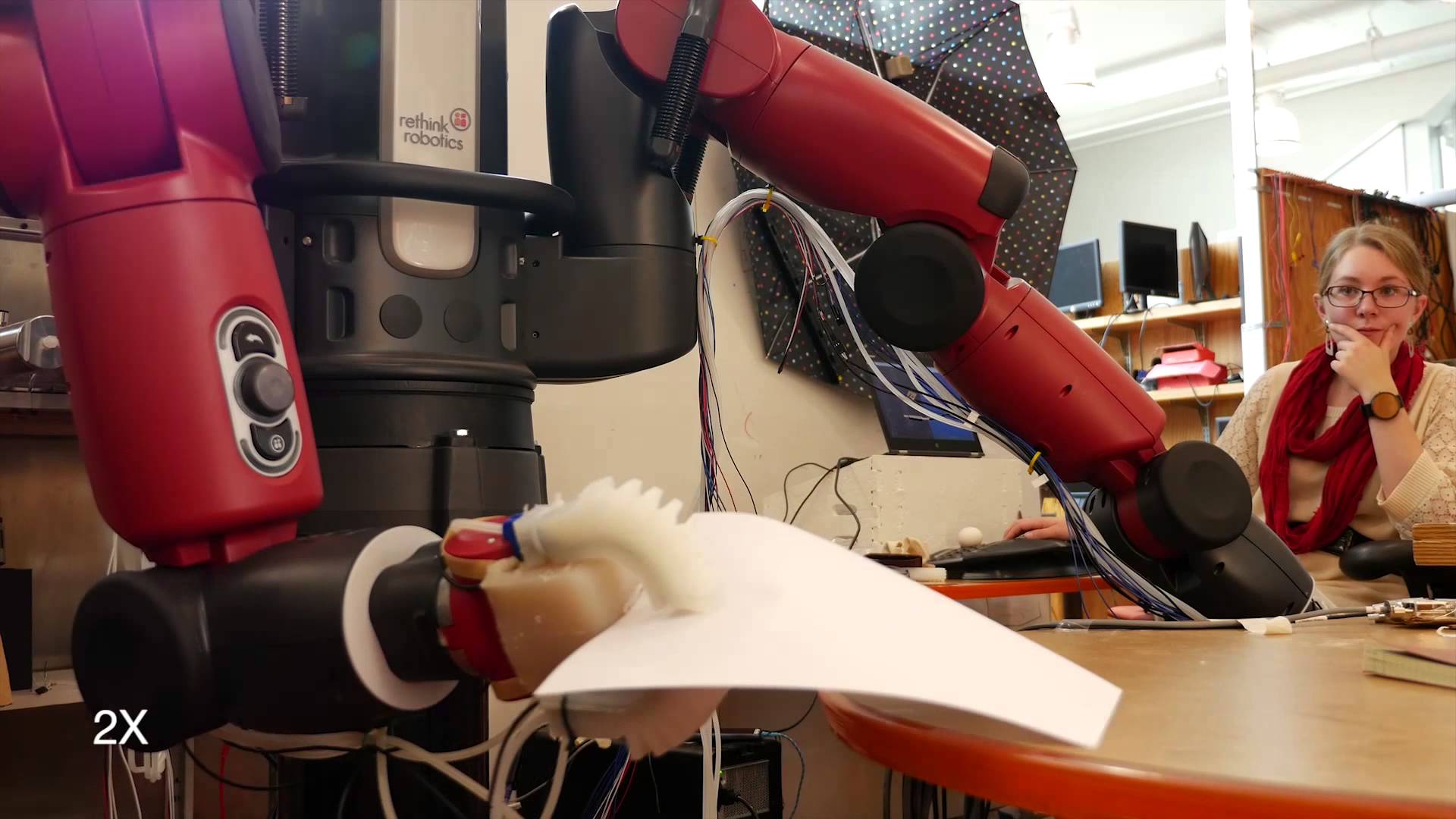
Engineers at MIT have built a three-fingered robotic hand that can identify and safely grasp delicate objects by relying on an increasingly popular approach to making robots useful: making them soft.
Human hands are not easy for robotics engineers to emulate. The simple act of picking up an item involves all kinds of abilities that humans don’t notice. Among other things, our grip has to be secure without crushing the thing we’re grasping, and our fingers have to form shapes that can fit many types of objects — everything from a sheet of paper or a piece of fruit to a pencil or a living thing.
Continue reading “Engineers have developed a robotic hand that can recognize objects” »
Sep 30, 2015
3D printing in gel shows how scientists could print human organs
Posted by Shailesh Prasad in categories: 3D printing, biotech/medical, cyborgs, materials, neuroscience, transhumanism
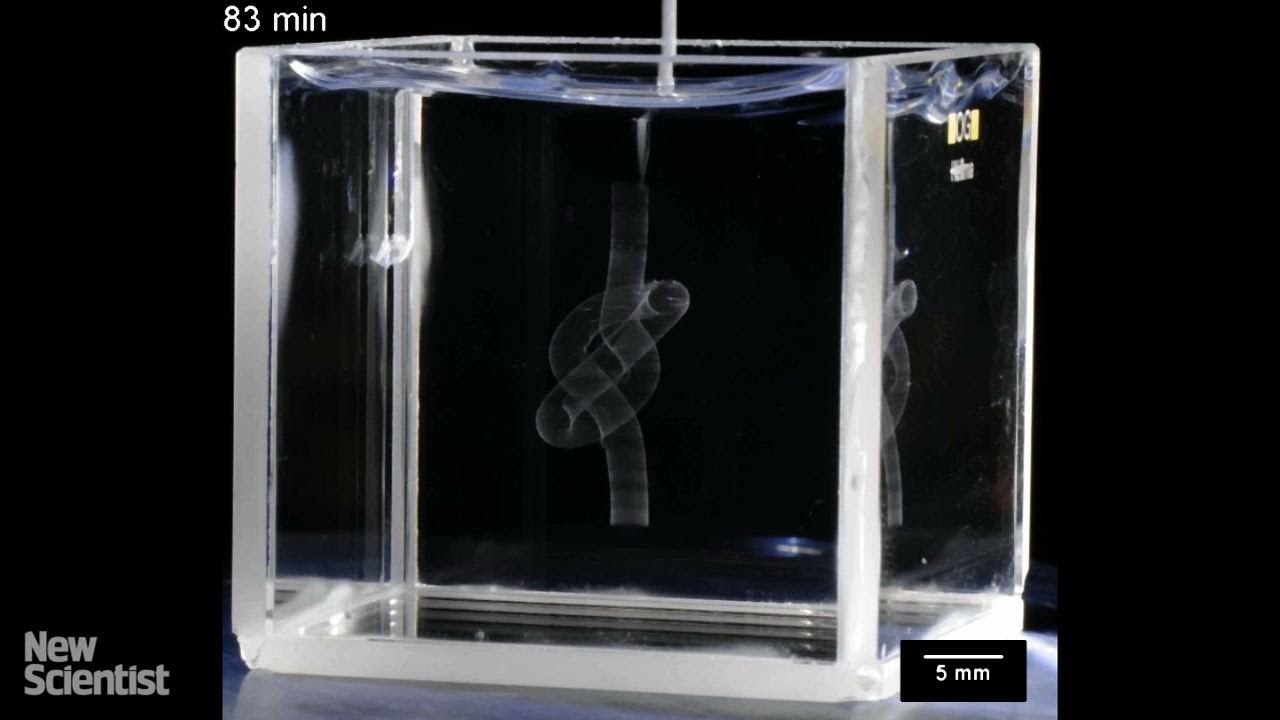
While scientists have had success in the past printing structures like “bionic ears,” a clear path to making functional internal organs and tissue hasn’t really emerged. However, researchers at the University of Florida in Gainesville have developed a way of printing complex objects in gel, a method that could help pave the way to 3D-printed organs in the future.
The hard thing about printing intricate organic structures like blood vessels and complicated organs is that they collapse under their own weight before they solidify. The gel here, which is made of an acrylic acid polymer, acts as a scaffold to hold the structure in place during the printing process. That approach has already allowed the team to print with organic materials — and even make a replica of a human brain.
Continue reading “3D printing in gel shows how scientists could print human organs” »
